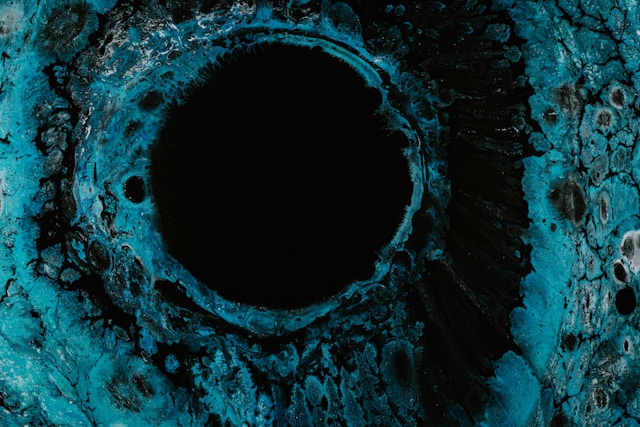The remarkable findings could explain the rapid growth of supermassive black holes across the universe.
In a groundbreaking study, astronomers using the James Webb Space Telescope (JWST) have identified a black hole that appears to be feeding at an astonishing rate, 40 times higher than the previously established theoretical limit. This discovery sheds light on the rapid formation of supermassive black holes at the centres of galaxies, a phenomenon that has puzzled scientists for decades.
Supermassive black holes, typically found at the heart of galaxies, have long been a subject of fascination and study. Traditionally, their existence was easier to explain: they formed in regions with high concentrations of matter and had billions of years to feed on their surroundings. However, as telescopes have delved deeper into the cosmos, researchers have detected supermassive black holes that seem to have formed too quickly to be consistent with existing theories. These observations suggest that black holes must have undergone extraordinary feeding frenzies rather than gradually consuming surrounding material.
Embed from Getty ImagesThe JWST’s advanced capabilities have brought new insights into this issue, highlighting a black hole designated LID-568, which has been observed feeding at a rate that defies conventional understanding. This black hole, luminous in X-ray wavelengths and initially spotted by the Chandra X-ray Telescope, suggests a feeding process that allows it to surpass the Eddington Limit—the threshold beyond which radiation pressure drives away infalling matter.
The Eddington Limit defines the maximum rate at which a black hole can accrete matter without losing a significant portion due to the radiation it emits. If too much matter falls into the black hole too quickly, the resultant radiation pressure can push away additional material, effectively limiting the black hole’s growth. For most black holes, feeding at this limit leads to a precarious balance where the amount of matter being drawn in is countered by the energy lost to radiation.
While it is possible for a black hole to exceed the Eddington Limit under specific conditions—such as when matter falls directly into the black hole rather than forming an accretion disk—this scenario requires a rare configuration of nearby gas clouds and is unlikely to sustain for long periods. The challenge has been to reconcile the observed masses of supermassive black holes with the limited growth expected from the stellar deaths that form black holes and the mergers that might occur in their early evolution.
Most early supermassive black holes identified by the JWST were found to be feeding at around 20 percent of the Eddington Limit. This observation raises critical questions: Did these black holes feed at higher rates earlier in their existence, or did they form with significantly larger initial masses?
LID-568, the subject of this latest research, presents a compelling case for further examination. Its luminosity in X-ray emissions implies an incredibly high accretion rate, suggesting that it could sustain its remarkable feeding frenzy for millions of years. However, the intricacies of its environment and its age relative to the universe’s birth remain ambiguous, prompting researchers to employ the JWST to gather more detailed imaging and data.
The findings from this study have far-reaching implications, not only for understanding black hole growth but also for the formation and evolution of galaxies themselves. If black holes like LID-568 are indeed capable of such rapid accretion, it could indicate that our models of the early universe need significant revision. Furthermore, this discovery emphasizes the importance of advanced observational technologies like the JWST in uncovering the mysteries of the cosmos.
As astronomers continue to explore the depths of space, the revelations surrounding LID-568 and similar black holes could revolutionize our understanding of how these enigmatic giants influence the structure and behaviour of galaxies across the universe.
